Digital Transformation Do's & Don'ts
Apr 4 2022
Stone Forest IT
According to a 2020 study by Boston Consulting Group, a staggering 70% of digital transformations fail, even when leadership is align. Although most companies and executives know how crucial it is to evolve with technology and create digital processes and solutions, putting it into action is a different story.
Digital transformation done right
Digital transformation involves people and a digital culture shift as much as it is about updating data and processes with technology. How can you maximise transformational opportunities while reducing the disruption risk? Here are eight do’s and don’ts to help you navigate your organisation’s digital transformation journey.

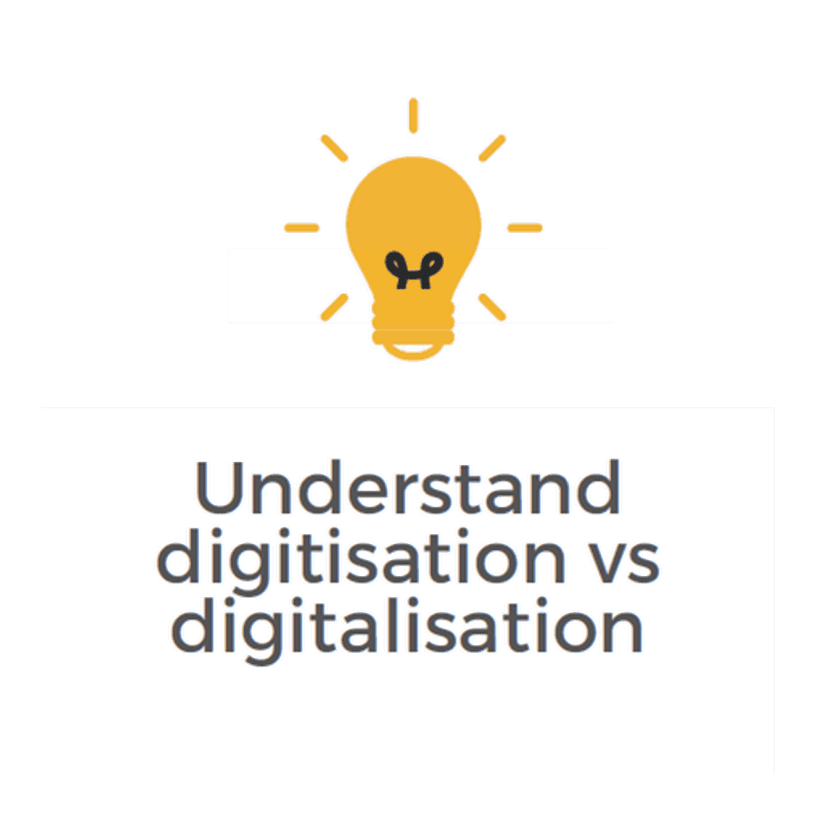 |
While connected, the two terms are different and often wrongly conflated. Understanding the difference between them is crucial in defining and keeping digital strategies relevant. Businesses need to not only look to improve operational efficiency but rethink how they can create value and transform for real, long-term competitive advantage.
Ways to differentiate them:
- Digitisation involves converting data to a digital form while digitalisation leverages this digitised data and digital technologies to simplify routine work
- Digitisation deals with data while digitalisation deals with processes
- Digitisation allows information to be readily available while digitalisation allows for value creation. It helps businesses expand into new markets, offer new products, and appeal to new customers.
Read more about the differences between digitisation and digitalisation here.
|
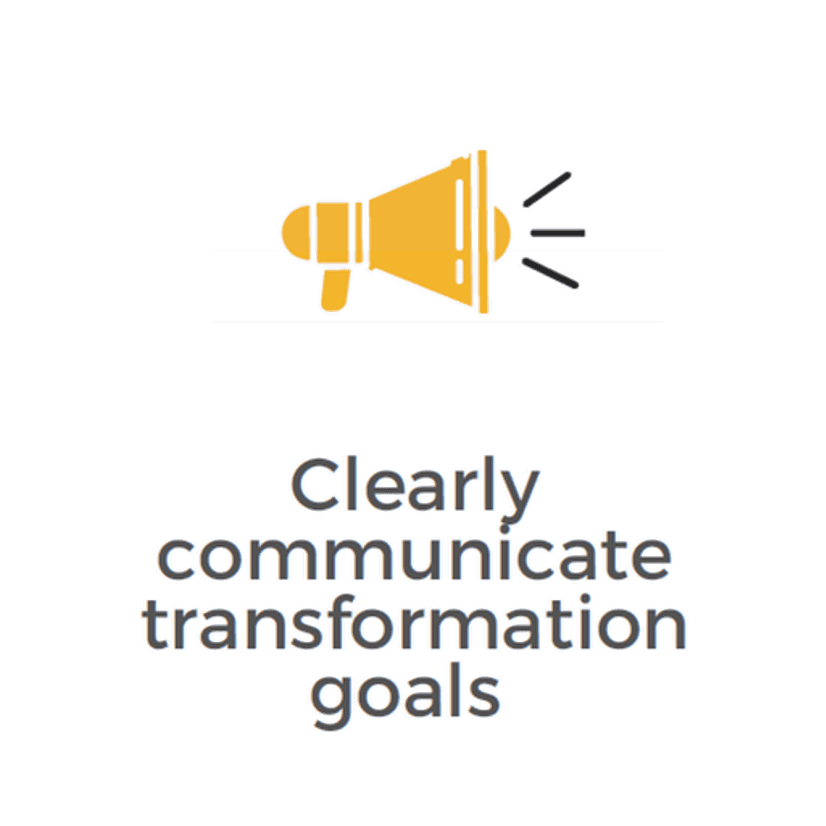 |
Change means embracing the unknown and that can be scary. Employees may feel threatened by work automation and resist the changes new technology brings. Digital transformation success means getting everyone on board by helping employees realise that embracing change is a win for everyone.
Ways to reduce rejection and stress from digital transformation:
- Keep employees involved in transformation plans from start to end
- Create an open forum where employees can submit questions directly
- Reiterate the benefits digitalisation brings to both employees and the company
|
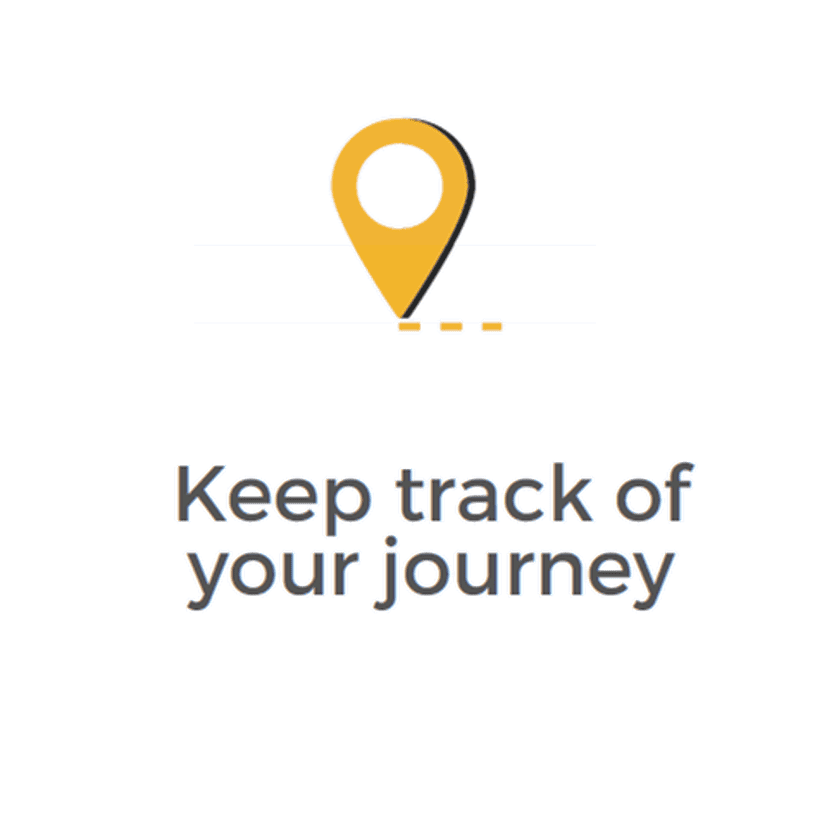 |
Digital transformation is a large scale transformation and can improve multiple aspects of a business. Businesses often get swept up with the promises of digital transformation and lose sight their primary goal. They end up trying to take on more innovations than they can manage, dividing limited time and resources and ultimately resulting in a slower and less efficient transformation journey.
Ways to resist temptations during digital transformation:
- Set milestones and measurable goals towards your primary aim
- Stay focused on the new technology’s return on investment (ROI)
- Don’t be too ambitious, take an experimental, scale-later approach
|
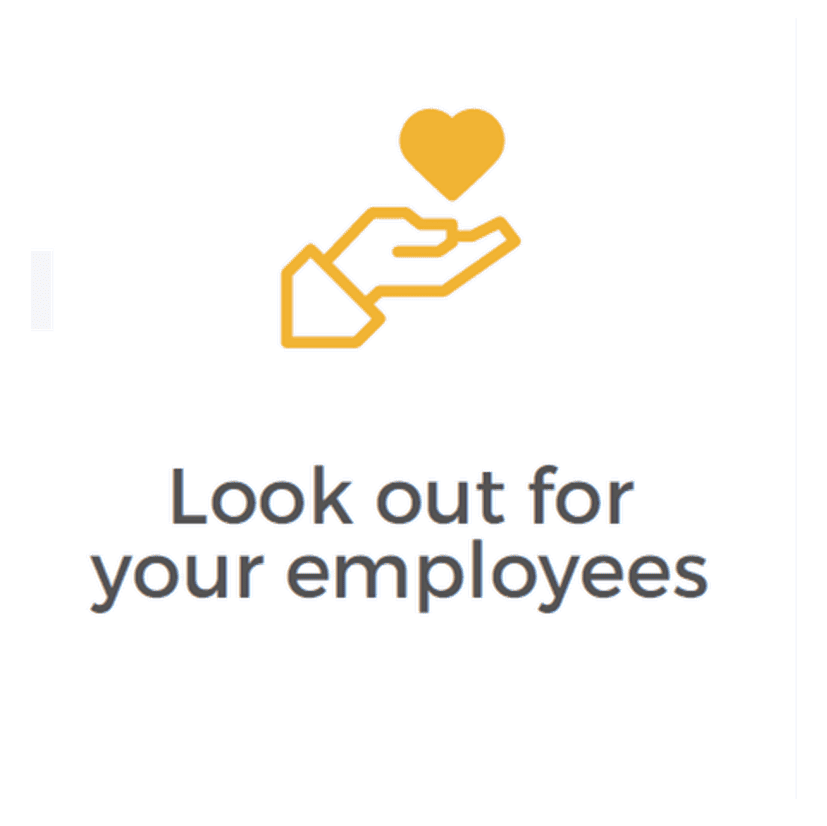 |
Employees are key stakeholders when trying to achieve true digital transformation success. Emphasis must be placed on ensuring a positive employee experience throughout the digital transformation process. This will create a happier work environment and facilitate greater adoption to technologies.
Ways to create a positive employee experience:
- Focus on retraining, re-educating and further improving employee skillsets to help them adapt to new technology
- Encourage employees and recognise their efforts in upskilling
- Develop a culture of adaptability and make it a joint effort
|

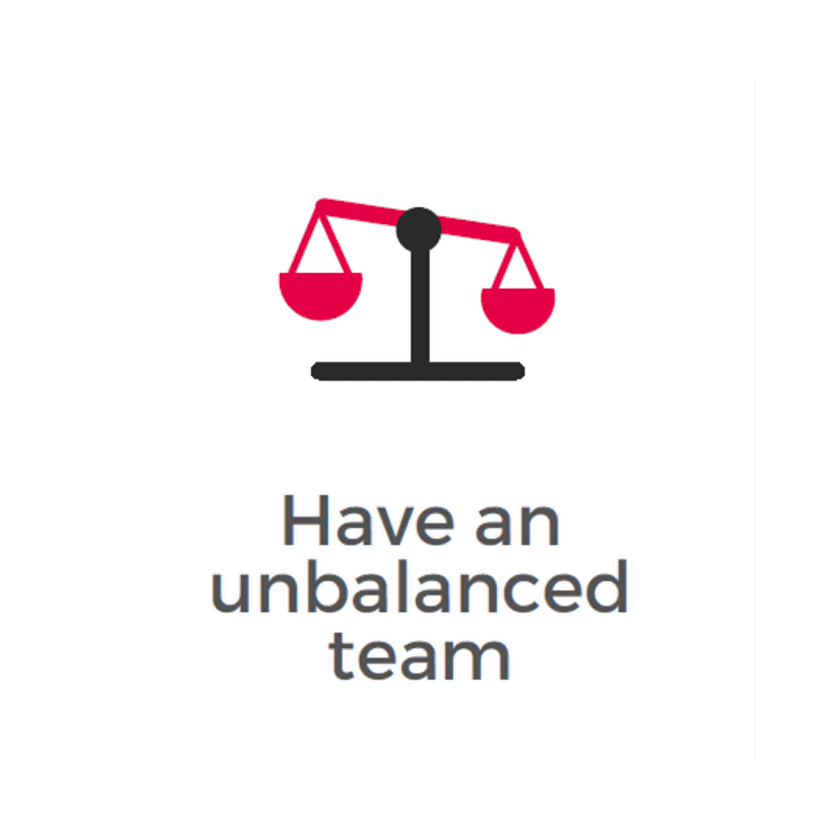 |
When forming a project team to help with digitalisation efforts, include employees with different expertise to view decisions from multiple perspectives. This will also lead to higher involvement among employees, which is important to increase technology adoption rate.
Who to Include in your team:
- Technology – IT specialists, CIO, third party vendors
- Management – Change managers, HR personnel, team managers, C-suite
- Operations – End users who will be the ones using the new technology
|
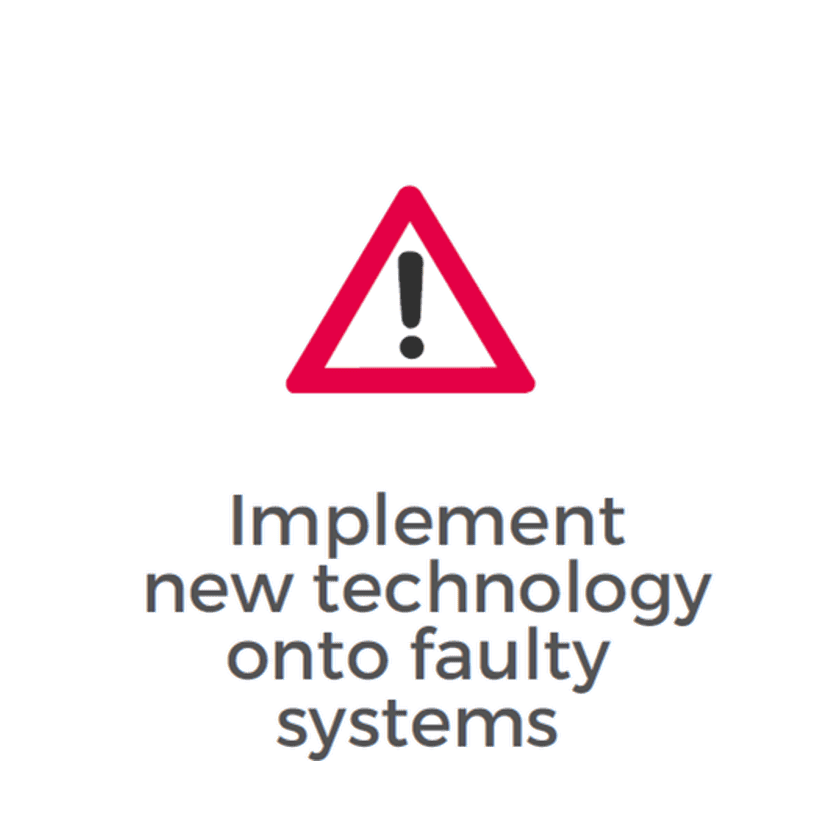 |
Businesses often stick to an old and inefficient system just because it has worked for the past 10 years. But systems are the foundations of a business. If the foundation is not stable, it is pointless to build on and implement new technology on top of it as the weak system will become apparent.
Ways to solidify your foundation before beginning digitalisation:
- Thoroughly look through current systems for improvements
- Continuously gather employee feedbacks before and after improvements
- Work with third-party vendors if needed to improve internal systems
|
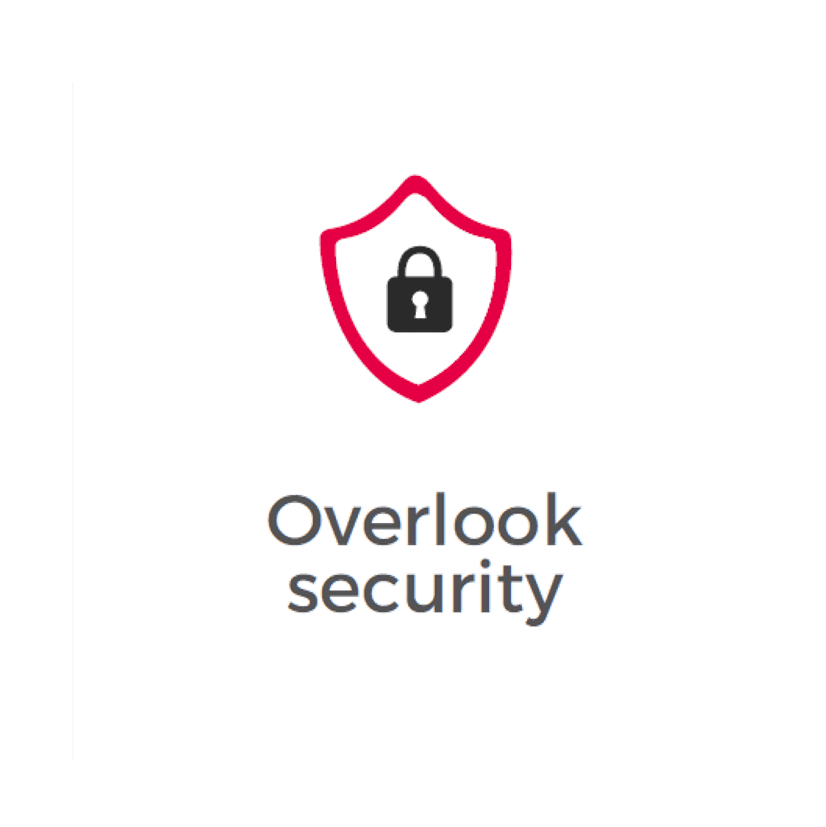 |
As businesses move to the cloud, they are exposure to growing and sophisticated cyber threats. It is imperative to implement robust cloud and data security measures for business resilience.
Ways to securely move to the cloud:
- Ensure network and software are always up-to-date
- Conduct annual cybersecurity training to educate employees on how to stay cyber safe
- Have basic protection tools in place like antivirus, endpoint protection, data encryption, etc.
|
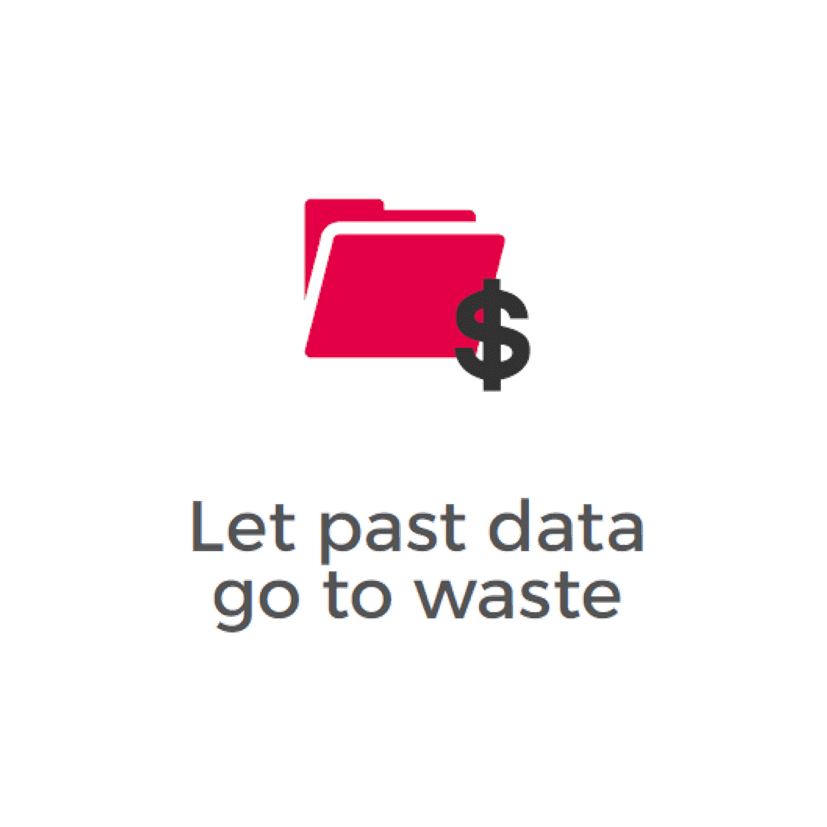 |
Data is the new oil of the digital economy and a critical pillar for digital transformation. It allows you to set baselines and benchmarks for your digital transformation and serves as a valuable indicator of success. No data is too old. All information available is helpful in predicting future trends. Past data can also provide learning points for the present.
Ways to maximise data:
- When past data does not provide enough information, collect more data from the present
- Consolidate data for a single holistic view of your business and clients
- Leverage data analytics tools and dashboards for quick insights
|